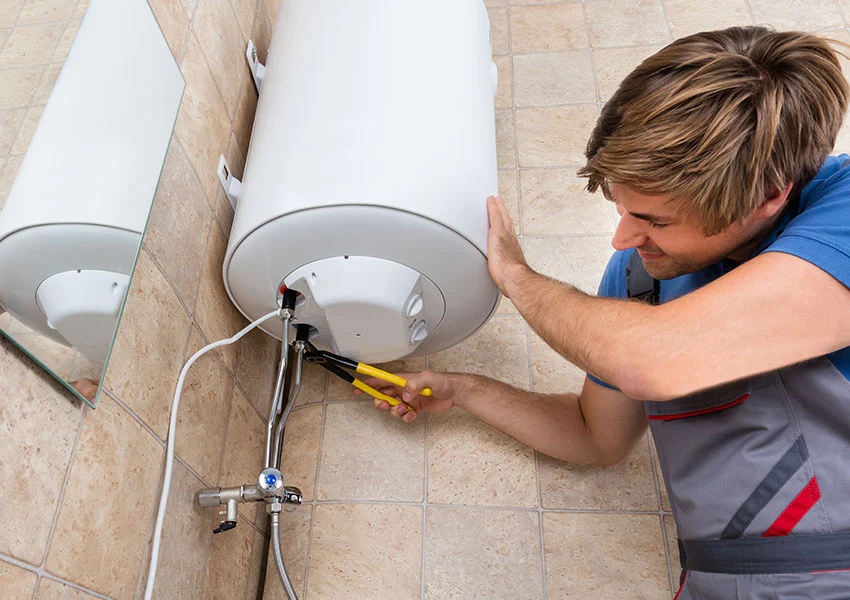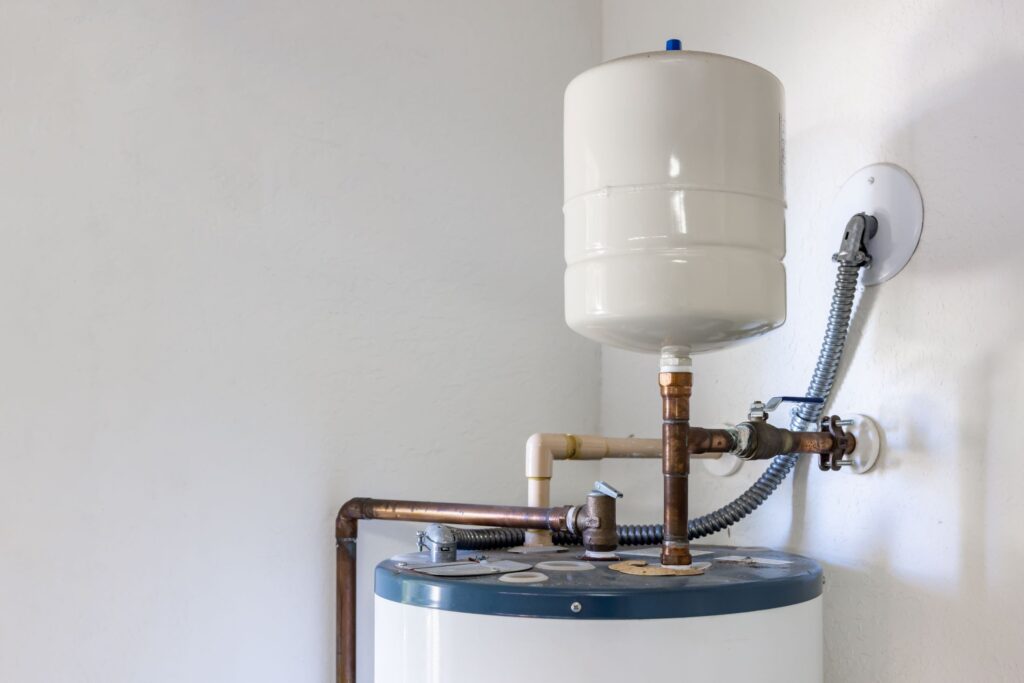Important Care Techniques for Your Home's Hot Water SystemEnsuring Durability of Your Home's Hot Water System: Care Advice
Important Care Techniques for Your Home's Hot Water SystemEnsuring Durability of Your Home's Hot Water System: Care Advice
Blog Article
What're your thoughts on How to Maintain a Hot Water Heater in a Few Simple Steps?

Warm water is crucial for daily comfort, whether it's for a refreshing shower or washing meals. To guarantee your warm water system runs efficiently and lasts longer, regular maintenance is crucial. This write-up provides practical suggestions and insights on how to keep your home's hot water system to avoid disturbances and expensive repair services.
Introduction
Maintaining your home's warm water system could appear complicated, but with a few simple actions, you can ensure it operates smoothly for several years ahead. This overview covers whatever from comprehending your hot water system to DIY upkeep suggestions and knowing when to call in professional aid.
Value of Maintaining Your Warm Water System
Normal maintenance not only expands the life-span of your hot water system yet additionally ensures it operates successfully. Ignoring maintenance can lead to reduced efficiency, higher power expenses, and even early failure of the system.
Signs Your Warm Water System Requirements Maintenance
Recognizing when your hot water system needs focus can avoid major concerns. Watch out for indicators such as irregular water temperature, weird sounds from the heating unit, or rustic water.
Understanding Your Warm Water System
Prior to diving into maintenance jobs, it's handy to comprehend the fundamental components of your warm water system. Normally, this includes the water heater itself, pipelines, anode poles, and temperature controls.
Monthly Upkeep Tasks
Routine regular monthly checks can help capture small issues prior to they intensify.
Flushing the Hot Water Heater
Flushing your hot water heater eliminates sediment build-up, enhancing efficiency and lengthening its life.
Monitoring and Replacing Anode Rods
Anode poles avoid corrosion inside the container. Examining and changing them when worn is essential.
Checking and Adjusting Temperature Level Setups
Changing the temperature level setups ensures optimum performance and safety and security.
DIY Tips for Upkeep
You can carry out numerous maintenance tasks on your own to keep your hot water system in leading problem.
Checking for Leakages
Regularly inspect pipes and connections for leakages, as these can lead to water damage and greater costs.
Testing Pressure Alleviation Valves
Testing the pressure safety valve guarantees it operates correctly and stops too much stress build-up.
Shielding Pipes
Insulating hot water pipelines lowers warmth loss and can conserve energy.
When to Call an Expert
While do it yourself maintenance is useful, some concerns call for professional competence.
Complicated Problems Calling For Specialist Assistance
Instances consist of significant leakages, electric problems, or if your water heater is regularly underperforming.
Routine Expert Maintenance Advantages
Expert maintenance can include complete examinations, tune-ups, and making certain conformity with safety standards.
Conclusion
Normal upkeep of your home's hot water system is vital for effectiveness, durability, and price financial savings. By following these suggestions and understanding when to look for specialist help, you can ensure a dependable supply of hot water without unexpected interruptions.
How to Maintain an Instant Hot Water Heater
Before tinkering with your hot water heater, make sure that it’s not powered on. You also have to turn off the main circuit breaker and shut off the main gas line to prevent accidents. Also turn off the water valves connected to your unit to prevent water from flowing into and out of the appliance. 2. When you’re done, you have to detach the purge valves’ caps. These look like the letter “T” and are situated on either side of the water valves. Doing so will release any pressure that has accumulated inside the valves while at the same time avoid hot water from shooting out and burning your skin. 3. When the purge valves’ caps are removed, you have to connect your hosing lines to the valves. Your unit should have come with three hoses but if it didn’t, you can purchase these things from any hardware or home repair shops. You can also get them from retail stores that sell water heating systems. Read the user’s manual and follow it to complete this task properly. When the hosing lines are connected, open the purge port’s valves. 4. You should never use harsh chemical cleaners or solutions when cleaning your unit. Make use of white vinegar instead. It should be undiluted and you’ll probably use about 2 gallons. 5. Now flush your water heater. This task should probably take about 40 minutes. We can’t give you specific directions for this because the procedure is carried out depending on the type, model and brand of your heater. With that being said, refer to the user’s manual. 6. When you’re done draining the unit, you have to turn off the purge port valves again. Remove the hosing lines that you earlier installed on each of the water valves. Put the valve caps (purge port) back in their respective places and be very careful so as not to damage the rubber discs that are found inside these caps. 7. Now that everything’s back in place, check your user’s manual again to find out how to reactivate your water heating system. 8. Once it is working, turn one of your hot water faucets on just to let air pass through the heater’s water supply pipes. Leave the tap on until water flows smoothly out of it. https://www.orrplumbing.com/blog/2014/september/how-to-maintain-an-instant-hot-water-heater/

As a devoted person who reads on How to Maintain Your Water Heater & Prolong its Life, I think sharing that piece of content was important. In case you appreciated our post if you please make sure you remember to pass it around. We take joy in reading our article about Tips on Maintaining a Water Heater.
Book Now Report this page